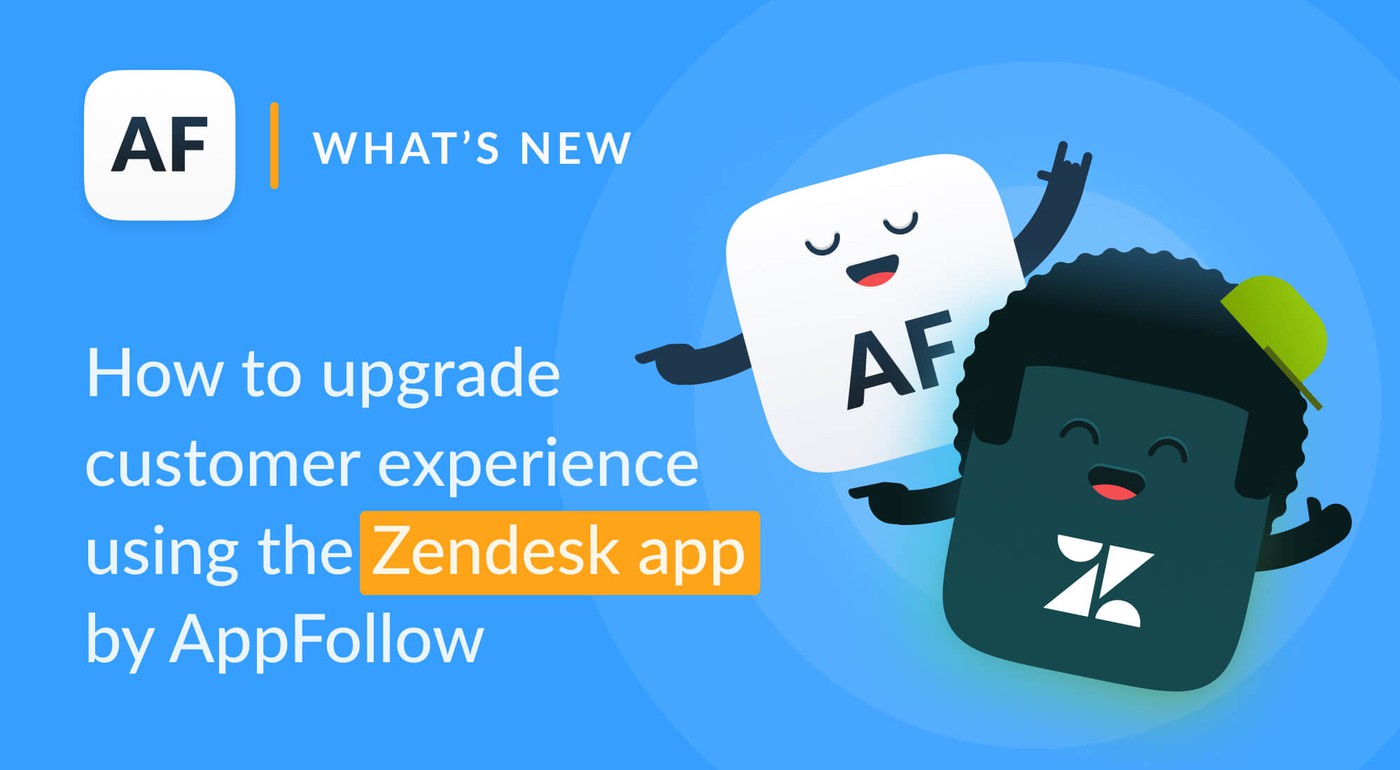Metrics to Measure User Engagement in Mobile Apps

Table of Content:
A lifelong task of each brand is to convert a potential customer into a regular one, so it is a real disaster when a customer you were fighting for so long leaves unexpectedly. It is especially painful for the mobile app industry, as with the average of 6,140 mobile apps released through the Google Play Store every day, the competition for the user's attention gets ferocious. That’s why, while striving to acquire new customers, one shouldn’t forget about retaining the existing users as well.
signup_boosting
Statistics show that in 2019, 25% of apps were used only once after the installation. If your app belongs to this 25%, it’s a sign that you need to improve user retention and think about how to re-engage users with an app. In this article, you will learn 5 proven strategies that may help you re-engage your users.

Source: Statista
Key metrics to measure mobile user engagement
To begin with, it’s crucial to understand the users better by analyzing their behavior and tracking user engagement metrics, such as:
- Monthly unique visitors (MUV) - the number of unique users who log in with your app on a monthly basis. This metric can help you to track how the user found the app, how they interacted with it, and how much time they spent studying specific functionality. Each unique visitor may not be a potential buyer or client, but information about their number makes it possible to evaluate the app's efficiency and popularity.
- Monthly/weekly/daily active users (MAU/WAU/DAU) - the number of people who are actively using your product, i.e. doing something more than just logging in. To get the weekly user engagement rate, divide the daily indicator by weekly (DAU / WAU). If you need to know the monthly engagement rate, compare the daily and monthly results (DAU / MAU).
- Frequency of in-app events - various ways of how users interact with your app, such as registration, search, purchase, etc. Measurement of in-app events enables you to re-target your current audience for new and relevant campaigns based on their actions within the app. It also helps you to view demographic information for each group of users who performed specific actions. Finally, if a certain action was triggered by a certain campaign, you can use the in-app events metric to evaluate the efficiency of this campaign.
- Intervals between sessions and average time spent on the app - the time period between the user’s first session and the next one (the shorter, the better) as well as the length of those sessions. These metrics show how “sticky” your app is and give you instant feedback on the efficiency of the app's UX.
Now let’s proceed with the actual user re-engagement strategies that will help you win your inactive users back.
Strategy #1: Tap Into Personalized Email Campaigns
Nowadays it’s impossible to find a person who didn’t receive any marketing emails. We constantly check our inboxes, no matter where we are, what we do, and which devices we use. And most emails that we receive are promotional or marketing emails. Why so? Probably because people no longer use emails for personal communication, preferring instant messages and social media instead. Therefore, email has turned from online communication means into a powerful marketing tool. And it can also be successfully used for personalized re-engagement campaigns. Here’s how you can re-engage users with emails:
- Send some brief onboarding instructions or tutorials on how to use the app, just to remind the user about the app’s functionality. A good example is an email by RunKeeper, a fitness tracking app, that offers help with getting started by explaining how to track activities via the app.
- Tell the user that you miss them by offering some personalized discounts or freebies, just like the Pinkberry app does by offering a free frozen yogurt for re-visiting the app.
- Send your user a kind reminder about the abandoned cart — Amazon’s email template includes a photo of the item left in the shopping cart and encourages the user to continue straight to the check-out step

Image source
- Use graphics. Personalize your campaigns with images related exclusively to the re-engagement of this particular user. For example, Dropbox app uses the “before and after” style image. In the “before” section, their logo - a box - is shown empty and covered with cobwebs, as if it was abandoned. In the “after” section, the box is fresh and clean, surrounded with flowers and with a document inside.

Image source: Appfutura
Strategy #2: Reconnect on Social Media
Social media are now used not only for personal communication but also for communication between brands and consumers, including the re-engagement of users, and here’s how:
- Facebook and Twitter have the “Custom Audiences” and “Tailored Audiences” features, accordingly, which allow you to target inactive users and improve conversion. To improve the targeting and make it more precise, create groups of users who opened an email, followed a link in an email, etc.
- You can also use Facebook’s sponsored ads for user re-engagement. A successful case of sponsored ads usage was demonstrated by Love Your Melon, a charitable brand. The app used Facebook Messenger to launch the new product and sent the messages also to inactive customers. As a result, the brand’s CTR was increased by 19%.

- Twitter has the specialized “App re-engagements” campaign that enables users to install or open your app directly from their timelines.
Strategy #3: Implement App Gamification
Gamification refers to borrowing various elements from games and using them in non-game settings. It helps users to stay constantly engaged and excited with new challenges and rewards, so gamification is a great way to re-engage users with an app as well.
Starbucks’ holiday campaign is a good example of re-engagement via gamification. Starbucks has launched a promotion that allows users to collect points and earn a chance to win the grand prize, Starbucks for Life, and several smaller prizes. The participants have to purchase something through the app and then get rewards for taking other actions within the app, such as pre-ordering, purchasing several drinks at a time, and buying branded products by Starbucks. As a result, the users have become motivated to use the app more frequently and do certain actions in order to win the prizes. Starbucks runs this campaign every year during Christmas, re-engaging even more clients and keeping the app users active during the holiday season.

Image source: Starbucks
Strategy #4: Try VR & AI Technologies
Virtual reality and artificial intelligence are revolutionary technologies that, in addition to other benefits, can help brands engage and re-engage their customers.
AI-based solutions can use machine learning to remember the pattern of user behavior within the app and create personalized re-engagement campaigns based on this behavior. For example, Appier, the Asian AI company, has recently launched Aictivate - a solution that helps to re-engage mobile gamers. The tool studies the past online behavior of the players and predicts when they are most likely to start playing again. Among their clients is a gaming company in Taiwan that has managed to boost conversion up to 30% after the implementation of Aictivate.
Strategy #5: Embrace the Power of App Notifications
First introduced by Apple in 2009, app notifications, also known as push notifications, are now everywhere. A push notification is not just a short, informative text message that an app sends to its users. It is also a powerful marketing tool that can help you re-engage users. There can be the following types of such retention messages:
- Abandoned cart alerts. When a user puts several items into their shopping cart and then changes their mind, the app can send them a retention alert with a discount offered for purchase completion. Example: “Hey there! I noticed you left a few items in your cart. Come back and complete your purchase now to still get 50% off!” by Glam fashion app.
- Inactivity notifications. These are friendly nudges sent to remind the user about the app’s existence. Check out this somewhat odd but attention-capturing message from QuizUp: “It’s been so long since you have played QuizUp is now a pizza place. Swipe right for free pizza.”
- Incomplete action messages. These alerts remind the user to complete an action in case they abandoned it. For example, they were in the middle of booking a hotel and then suddenly left the app.

Image source: Leanplum
The Bottom Line
Re-engagement is a set of actions aimed at winning back inactive users. If implemented right, your product will never swell the ranks of the apps forever forgotten straight after the installation. Make sure to try out the strategies listed above to boost the conversion as well as re-engage and retain users. Don't forget to check out AppFollow's guide to mobile app reputation management to learn more.
This is a guest post written by Anastasia Khomych from GetSocial.








